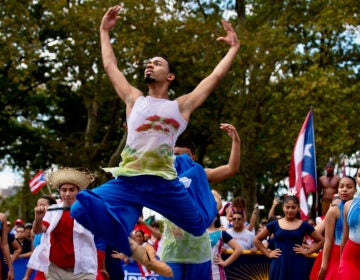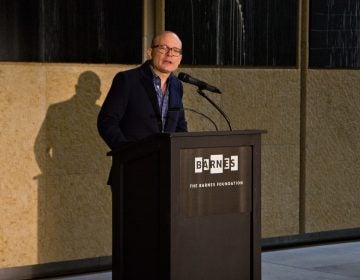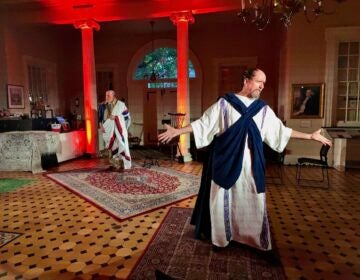How the next mayor could help artists live and work in Philly
Several organizations offer artists professional development resources in the city. They say a Department of Arts in City Hall could help.
Listen 2:14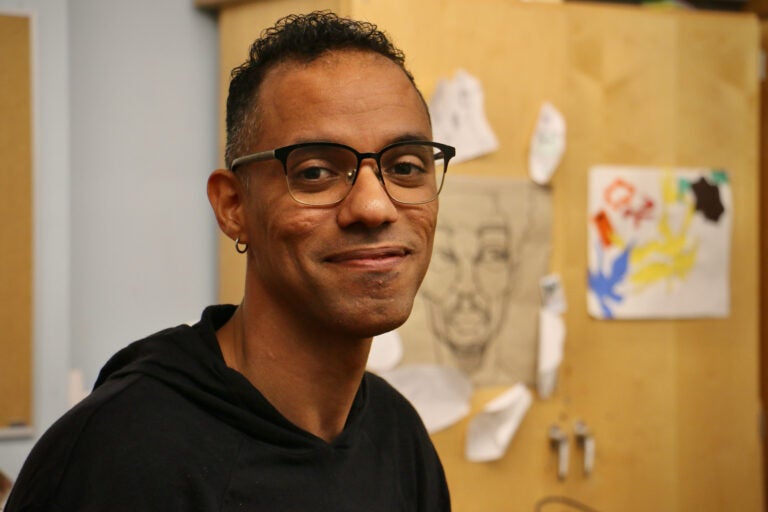
Emilio Maldonado is director of artist relations at Mural Arts Philadelphia. (Emma Lee/WHYY)
This story is a part of the Every Voice, Every Vote series.
From Philly and the Pa. suburbs to South Jersey and Delaware, what would you like WHYY News to cover? Let us know!
In his third-floor walk-up office at Mural Arts Philadelphia, Emilio Maldonado has been compiling a spreadsheet of professional opportunities for artists in the city. He points artists toward places to find job opportunities, residencies, grants, and requests for proposals.
“It’s always a chase,” he said.
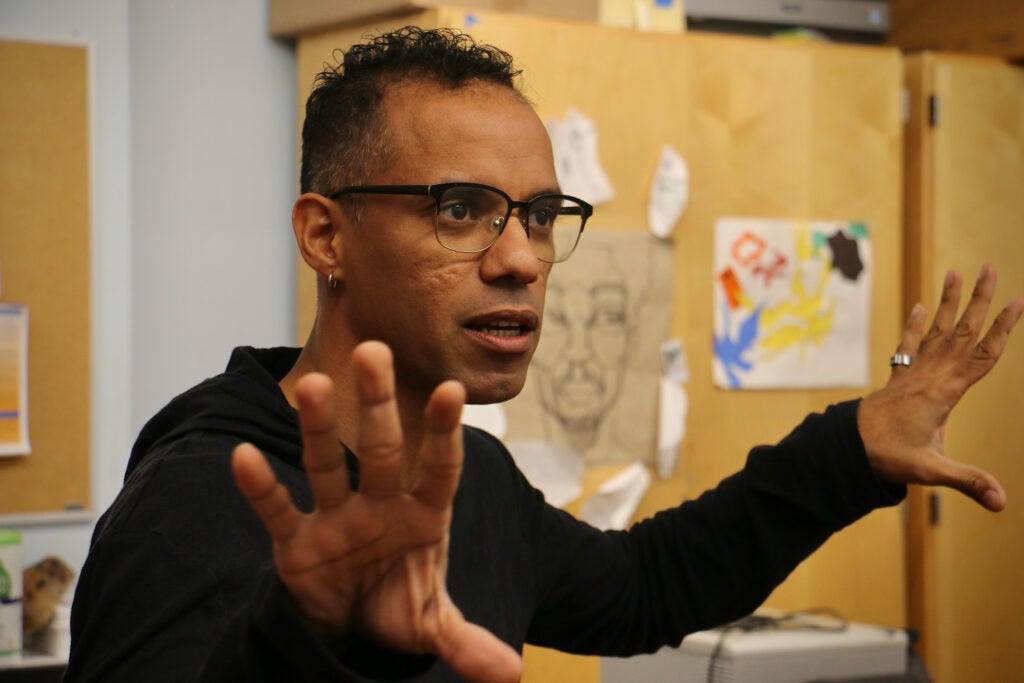
When Maldonado started working as director of artist relations for Mural Arts, finding resources was easy. That was in 2022, after the pandemic and the social unrest of 2020 had triggered a lot of rescue funds and support, particularly for artists of color.
“There were a lot of initiatives that came as a response to 2020. There are not anymore,” he said. “They’re all defunct. That was a clearing act.”
Mural Arts is the largest employer of visual artists in the city, hiring 250-300 artists every year for its various public art projects. Because Maldonado is able to connect artists to professional resources, including public art projects outside of Mural Arts, he is often approached by artists looking for work.
They also want advice.
“I’ve had artists that say: ‘How can I get an assistant job, working as an artist’s assistant?’ ‘Should I go for a masters?’” he said. “For some people it’s, like, ‘What do you think about my website?’”
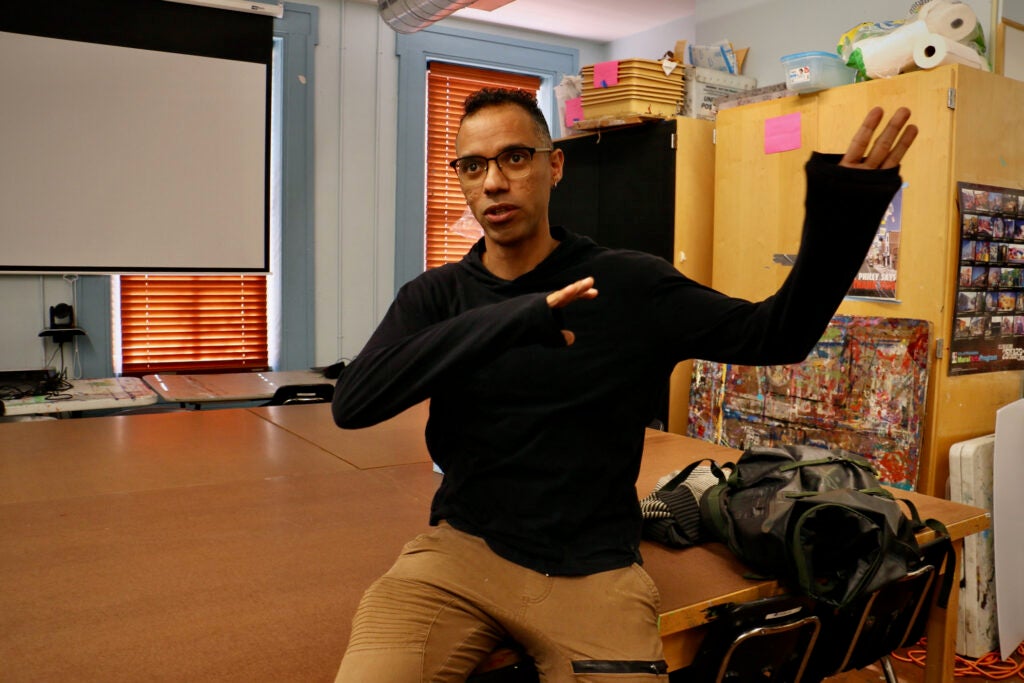
Mural Arts plans to launch a webpage, likely in January, that posts professional development resources available to artists for free, updated constantly.
“Mural Arts wouldn’t exist without the artists. As plain as that,” said MAP’s senior director of learning and practice, Netanel Portier. “If we want the work that we’re supporting and doing collaboratively with artists to continue, we need to support those artists.”
Mural Arts has a specific niche in the art world: public art, most often as murals painted on walls. Portier would like to partner with other organizations to coordinate artist development resources across the wider creative sector, including the Office of Arts, Culture, and the Creative Economy (OACCE) in City Hall.
“I have seen in the past years that they have really been making an effort to create more opportunities for artists in the city,” she said.
The two candidates for Philadelphia’s next mayor, David Oh and Cherelle Parker, have both said during their campaigns they would establish a permanent, cabinet-level department of arts and culture.
The Greater Philadelphia Cultural Alliance is urging the next mayor to establish an art department that is able to integrate art across all other city departments, involving artists in things like commerce, health and human services, and public safety. In its policy platform, the GPCA is also demanding the next mayor prioritize creative capital so artists can more easily live and work in the city.
Some of that work is currently being done inside the OACCE. A year ago, the city’s Director of Public Art, Marguerite Anglin, began hosting a regular webinar, “Public Art, How to Start?” in which she introduces artists to the process of conceiving, presenting, and budgeting a public art proposal.
“We realized there was a need to demystify the public art process, especially for artists in Philadelphia,” Anglin said. “They don’t know what it takes to compete for a public art opportunity. They don’t even know what a public art project involves, or how to start. There’s this issue of underrepresentation of local and diverse artists.”
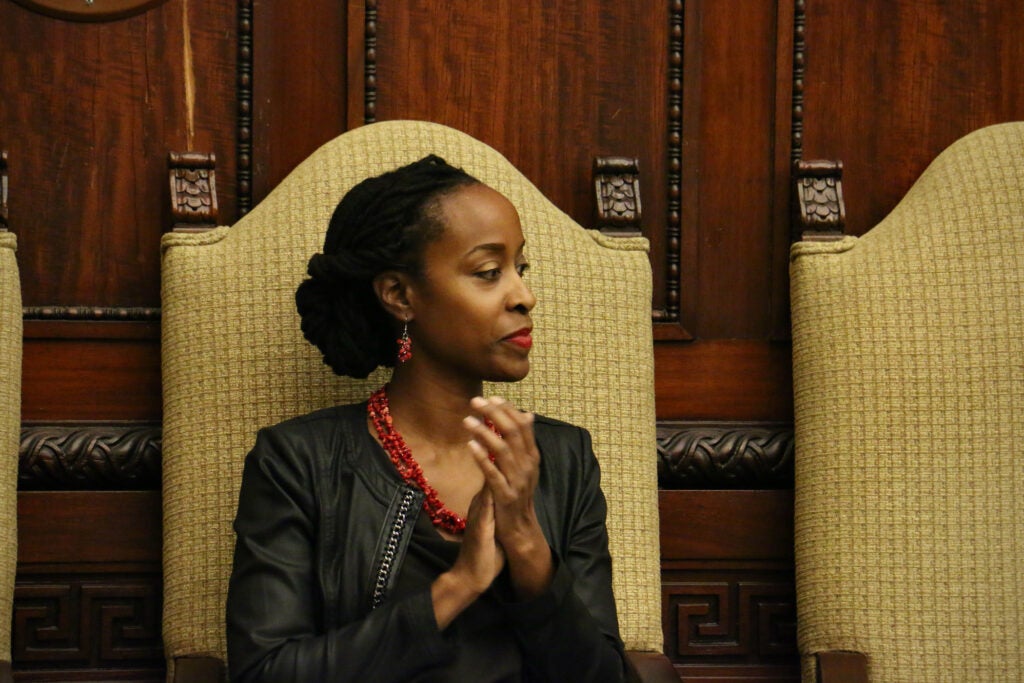
Most of the OACCE’s public art projects come from the Philadelphia’s One Percent for Art program, which require city capital projects and some private developers to spend 1% of construction costs on public art. Anglin said at any given time she has about 16-20 active pubic art projects on the ground.
Familiarizing more artists with the process of creating public work can enlarge the pipeline of available talent. When the city considers an art project proposal, the selection committee takes into account the artist’s connection with the community in which the project will be made. But Anglin said a pool of submitting artists often have little to no direct connection.
“Maybe it’s a very small number, or smaller than what we would have hoped,” said Anglin. “But we’re also looking for artists that reflect diversity. Are they representative of that community? And also, what type of community engagement approach are they suggesting?”
If the next mayor establishes a permanent arts and culture department, it could stabilize City Hall’s efforts in the arts sector. Over the years, the OACCE’s budget has fluctuated, and its operation has been moved from one City Hall office to another. Since 2020, it has operated in the office of the managing director.
“We’ve been in so many different kinds of budget line items,” Anglin said. “Having a stable department would definitely show the importance of arts and culture in our city and would allow the department to project and plan out in advance a budget and how we grow our programs.”
Some municipal arts programs in other cities help artists live and work in those cities. Boston, for example, has an Artist Live/Work Program, that encourages developers to create permanent housing and studio spaces for artists, and certifies eligible artists to apply for those spaces.
For the last several years, Boston has seen affordable real estate within the city quickly disappear. An independent advocacy organization, the Art Stays Here Coalition, has successfully worked on behalf of artists to secure dedicated creative spaces as neighborhoods gentrify.
Should the next mayor of Philadelphia establish a department of arts and culture, the city could similarly identify and codify creative spaces, said Genevieve Coutroubis, executive artistic director of the Center for Emerging Visual Artists (CFEVA).
“There’s a lot of space in Philly that is underutilized,” Coutroubis said. “What connections can be made for artists?”
CFEVA, now celebrating its 40th year, is a member support organization that connects artists with collectors, exhibition opportunities, and grants. It is known for its Philadelphia Open Studios Tour (POST), but its centerpiece is a fellowship program: about 10 artists are selected each year for wrap-around creative and career support for two years. It also offers some professional development guidance to any artist regardless of membership.
“Unfortunately, not only in Philly but in the U.S. in general, to make a living as an artist is pretty complicated,” Coutroubis said. “Even for artists who are the most established. It’s not like other professions, where as you work harder you’re going to be able to increase your income in a way that’s proportionate to your efforts.”
Coutroubis said she often fields calls from businesses looking for artwork, such as a mural or framed work for an office or retail space, but offering “exposure” in lieu of payment. She hopes a future department of arts and culture might be able to connect businesses and artists in a way that is more equitable, such as a business art fund.
Rachel Zimmerman, founder of the artist support organization InLiquid, had a similar idea: a future department of arts and culture would be uniquely positioned to connect developers who need art on their walls with artists.
“Look at all the development in the city,” she said. “These buildings should be connected with arts organizations and galleries to put art in those spaces. Not just canvas wrap prints or a mural, there are other things that could be done. We’re not connected. Half of these developers don’t even know that we, as arts organizations, exist.”
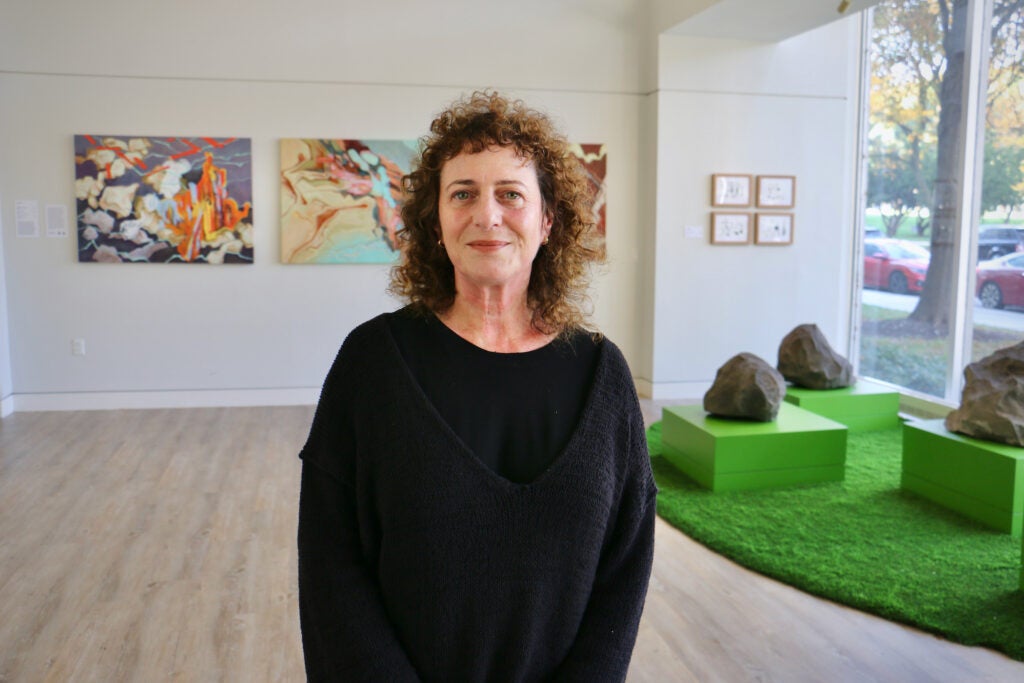
Zimmerman was speaking while sitting in InLiquid’s current exhibition at Park Towne Place apartments. Three of its four residential towers along the Parkway have art galleries on the ground floor, accessible to the public. InLiquid curates those spaces with themed exhibitions across all buildings. Currently they are showing “Material Time,” featuring five artists whose work is oriented around environmental concerns.
What the Philadelphia arts sector needs from City Hall is to be a connector, said Zimmerman, who used to sit on the board of the Philadelphia Cultural Fund and currently is on the board of the Greater Philadelphia Cultural Alliance.
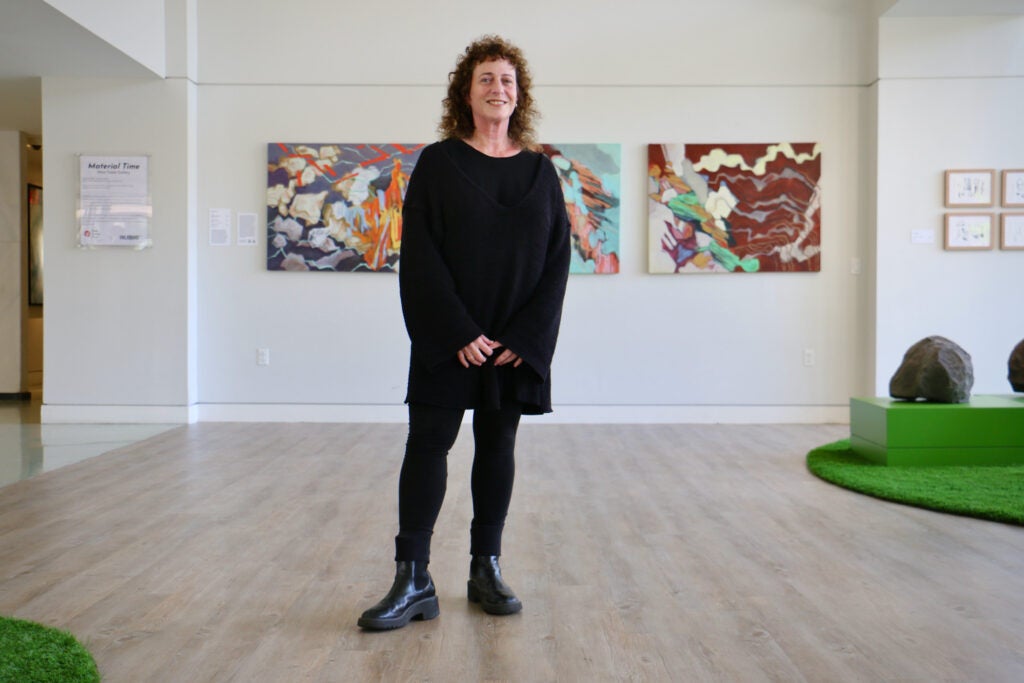
“We’re all our own little silos, disconnected, floating in the universe of Philadelphia art,” she said. “We’re all competing over the same resources. We don’t collaborate enough. We should all be much more strategic.”
As the Office of Arts and Culture exists now with a tenuous budget, some artists and arts organizations are reluctant to get involved, said Ciarra Lambert, co-chair of City Council’s Arts and Culture Task Force, a cohort of artists and entertainers assembled by Councilmembers Isaiah Thomson and Katherine Gilmore Richardson to advise the Illuminate the Arts initiative during the pandemic.
“The inconsistency of what that office is and what that office looks like, in my personal opinion, discourages people from interacting or putting their full trust in it,” Lambert said. “Because at any moment it could disappear.”
She said the “siloing” of the arts sector — the tendency of artists and arts organizations to bulwark inside their established relationships — can lead to inequitable distribution of support from City Hall.
“You have a certain funding that only goes to nonprofit organizations. You have certain people or organizations that are in constant contact,” she said. “And then you have individual artists and arts businesses who are a little bit jaded, because they feel like historically that just hasn’t worked out for them in the same way.”
Should the next mayor establish a department of arts and culture, with dedicated funding, Lambert hopes artists will be brought on board to run it.
“I think artists know the solutions to their own problems,” Lambert said. “We just need help from the government to help us see some of those things realized.”
 This story is a part of Every Voice, Every Vote, a collaborative project managed by The Lenfest Institute for Journalism. Lead support is provided by the William Penn Foundation with additional funding from The Lenfest Institute, Peter and Judy Leone, the John S. and James L. Knight Foundation, Harriet and Larry Weiss, and the Wyncote Foundation, among others. Learn more about the project and view a full list of supporters here.
This story is a part of Every Voice, Every Vote, a collaborative project managed by The Lenfest Institute for Journalism. Lead support is provided by the William Penn Foundation with additional funding from The Lenfest Institute, Peter and Judy Leone, the John S. and James L. Knight Foundation, Harriet and Larry Weiss, and the Wyncote Foundation, among others. Learn more about the project and view a full list of supporters here.

Get daily updates from WHYY News!
WHYY is your source for fact-based, in-depth journalism and information. As a nonprofit organization, we rely on financial support from readers like you. Please give today.




